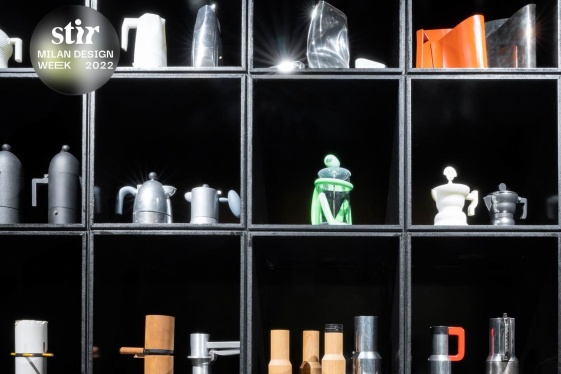

BY: Elizabeth Djinis
It’s a misty October day when we visit the villa. Opening the gate, we’re greeted by a sloping pebbled path lined on either side by roses. It functions as a sort of cue, directing the eye ahead to what we’ve all come to see: architect Andrea Palladio’s Villa Almerico Capra, detta “La Rotonda,” the basis for Thomas Jefferson’s Monticello and perhaps Palladio’s own capolavoro.
We are initially stunned by the aspects we knew to expect—the villa’s pleasing Vitruvian proportions, its four identical facades, its flattened dome, based on the Pantheon, the fact that, as Palladio expert Roberta Parlato told us, “it’s all clear. You understand immediately where you have to go.”
SOURCE: https://italysegreta.com
You may be interested
-
Italian auto supplier Brembo to build new U....
Italian brakes maker Brembo will build a new foundry in Michigan to expand its manufacturi...
-
L'Arte del Gioiello Italiano - Lecture and T...
How has Italy influenced the world of Jewelry? Join us for a special lecture on the a...
-
Pavarotti. Il mondo di Big Luciano. Anteprim...
Il mondo di Luciano Pavarotti e la sua grande carriera di cantante lirico rivivranno il 23...
-
'A small New York': Palm Beach to become home...
Miami-born and Italy-raised, jewelry designer and accomplished equestrian Lucrezia Buccell...
-
'Alessi 100-001' celebrates 100 years of Ales...
Iconic Italian design brand Alessi is celebrating its centennial with an exhibition titled...
-
'Alone': How Italian town with 1st known viru...
Italy delivered the first shocking confirmation of locally transmitted coronavirus infecti...
-
'Autentico: design made in Puglia' pop-up exh...
‘Autentico. Design made in Puglia’ is located at 82 Gansevoort Street, New York, and be op...
-
'Canaletto and the Art of Venice' comes to BF...
RAMParts Presents, in partnership with Exhibition on Screen, brings the 90-minute feature...













